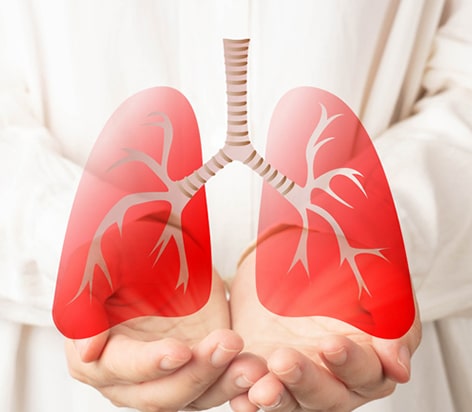
Pulmonary critical care aims to provide emergency healthcare facilities to patients suffering from severe lung diseases. The absence of oxygen in the body may damage vital organs. Thus, immediate medical intervention in severe lung diseases is essential. The team providing pulmonary critical care comprises expert pulmonologists, general medicine experts, surgeons, and trained nurses.